Nonfiction Text Structures
Understanding the relationship of ideas in text Beginning Early Older students have been learning the underlying concepts necessary to understand nonfiction text structures for years. Take the hula-hoop sorting activities in kindergarten, preparing students to discuss compare / contrast relationships in later grades. Sequencing a story in primary grades with felt board characters prepare students […]
Plot Diagrams and Lines
Why the hats, mountains, and roller coasters don’t tell the whole story Earliest Stories Our youngest children, from birth to kindergarten, often experience stories told as a sequence of related events. Think of titles like Brown Bear, Brown Bear and Goodnight Moon. These books are important for learning language, pattern, repetition, and sequence. If you […]
5 Must-Read Fluency Research Articles
Support for Fluency Interventions in Secondary Reading Updated 2025 Secondary teachers often assume older students have mastered early reading skills, including decoding and fluency. As a matter of fact, many secondary ELA teachers have trouble defining the role fluency plays in reading comprehension because it wasn’t included in any pre-service work. (Be sure to check […]
Fluency Skill Errors in Middle School
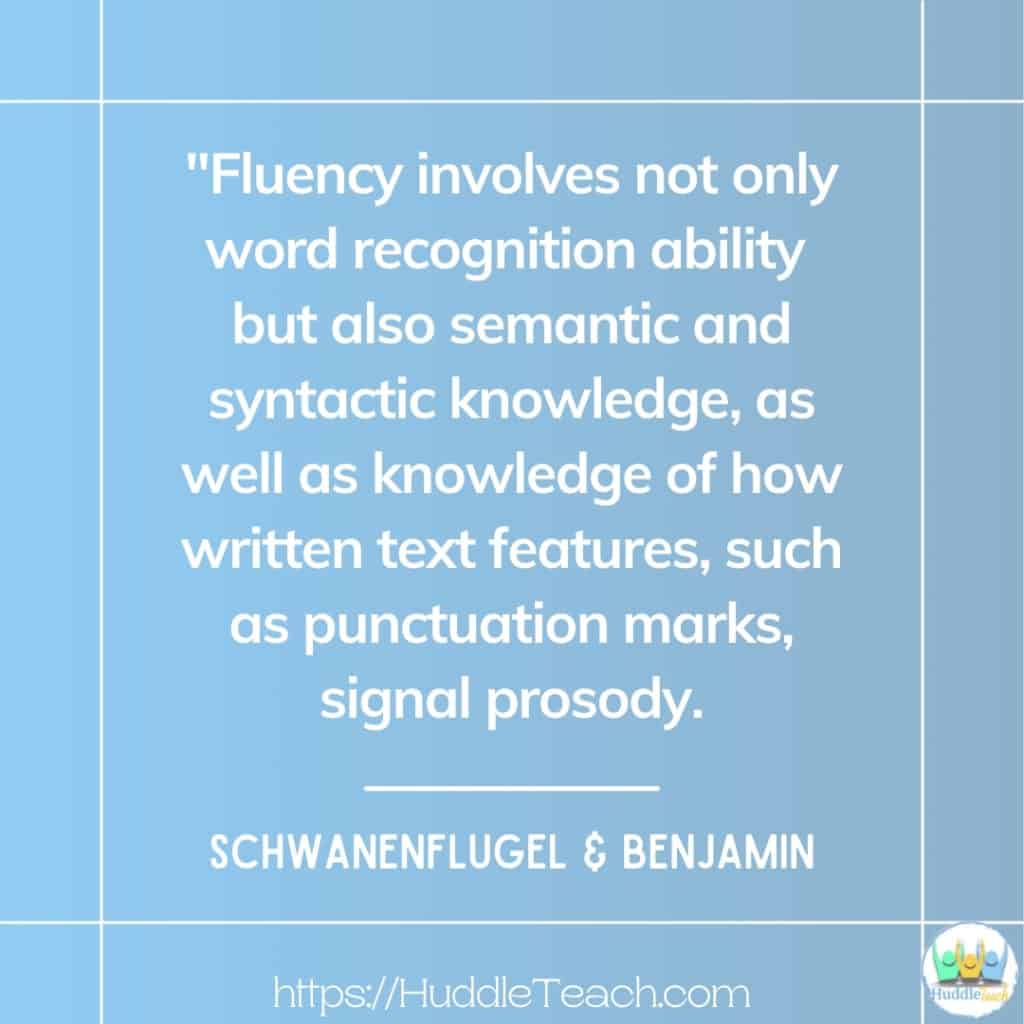
What struggling readers are missing and how to help Fluency is a focus of instruction beginning in younger grades, but it is often associated solely with decoding or word recognition and speed. As students move past the primary grades, fluency becomes even a stronger bridge to comprehension. By the time students enter middle and high […]
Working with middle school struggling readers – fluency

Helping your older readers develop reading fluency skills Updated 2025 To learn more about fluency above fifth grade, see our Fluency FIRST Aid on-demand professional development! In the elementary years, the term fluency often focuses on the rapid decoding of words in and out of context. In older students, the component is more complex. When […]
3 Must-Read Decoding Research Articles
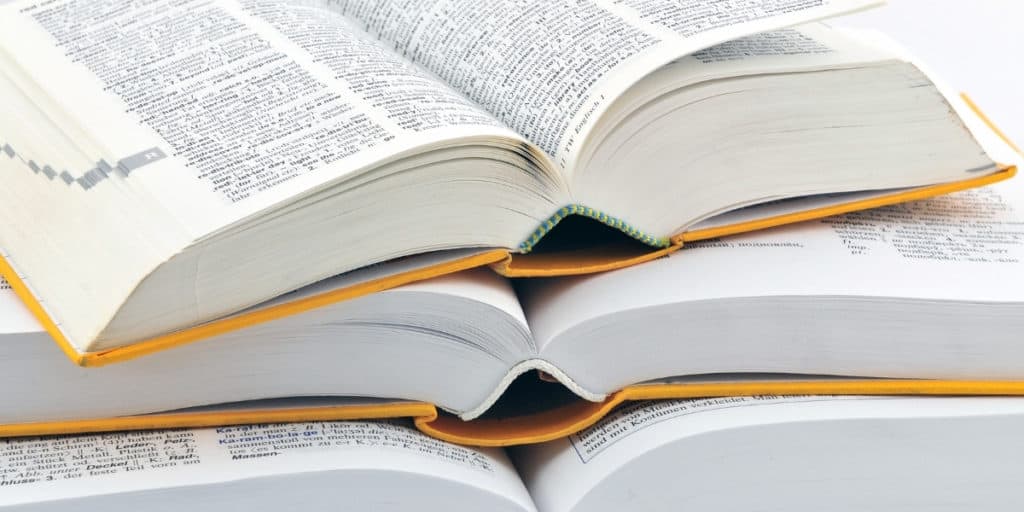
Support for Syllable Instruction and Next Steps in Secondary Reading Interventions While primary teachers continue to struggle with the best way to teach young students how to read, crickets tend to echo in the middle and high school intervention classrooms around this topic. Decoding research for older students is much scarcer than for younger students. […]
Is Reading Motivation Really the Issue?

Facing the CAN’Ts and the WON’Ts There are so many ways we say it: She would be fine if she would just read… I’m sure he can read, he just doesn’t want to… We can’t make them read… Kids just hate to read… These would make more sense if we inserted the phrase “string beads” […]
Great Word Games for Middle School Reading Classrooms
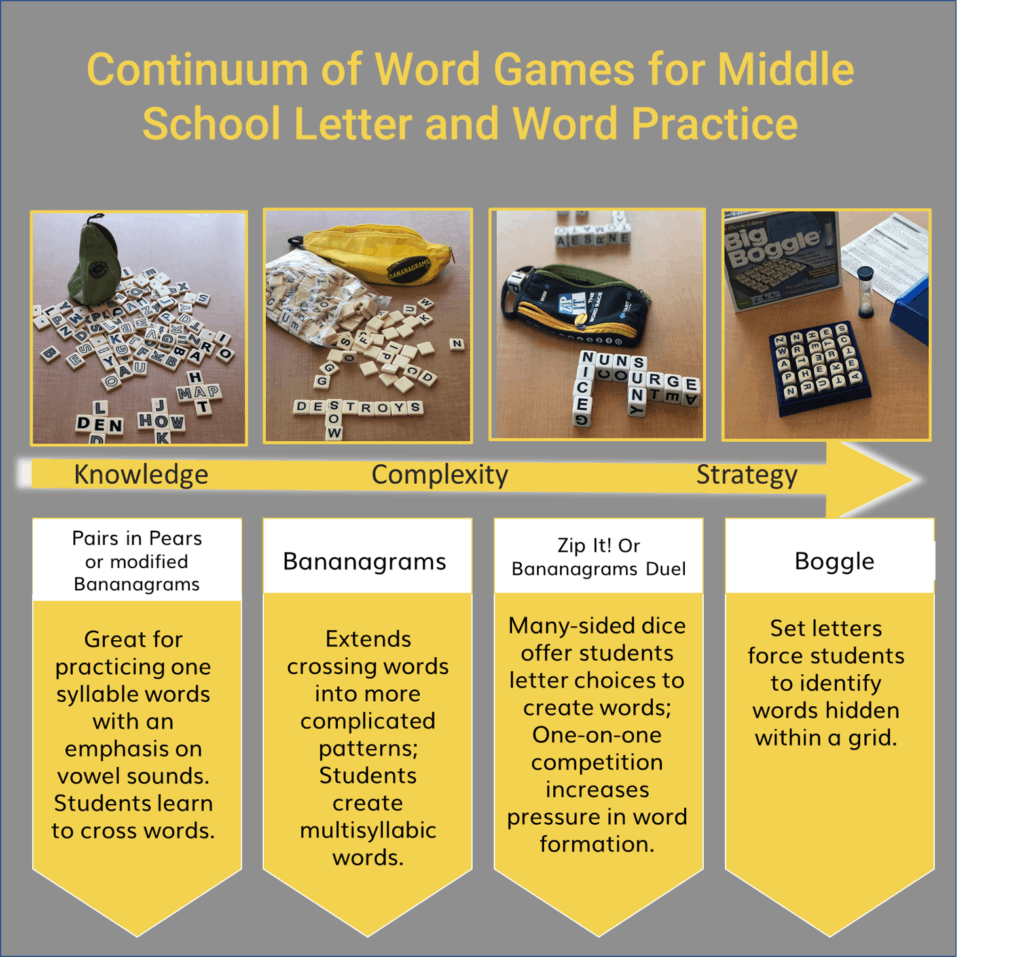
No matter the topic or age, research proves that having FUN improves the engagement and learning for students. This article suggests such things as rooftop meetings and even visiting a ball pit! While that’s a bit extreme, finding ways to incorporate laughter and fun is necessary in a secondary reading classroom, where student buy-in is […]
Decoding Skill Errors in Middle School
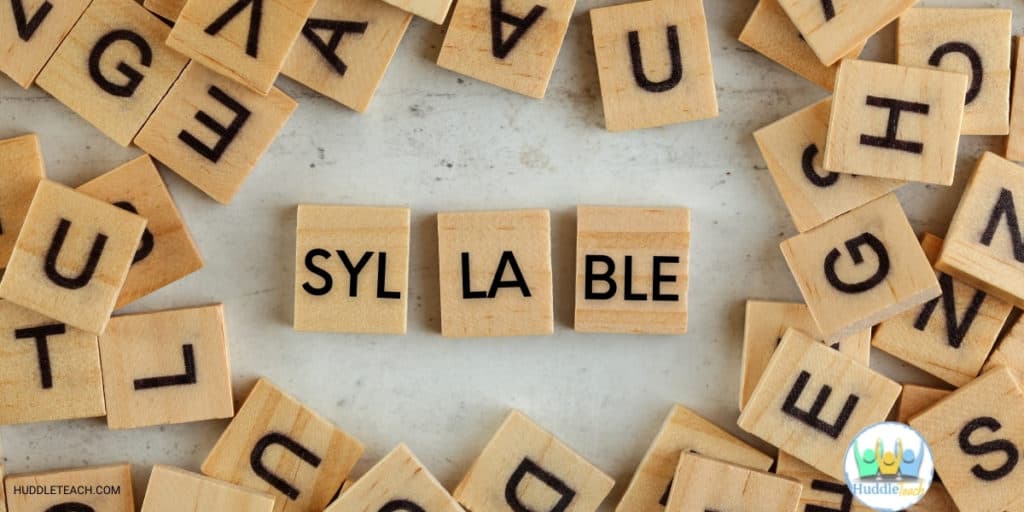
Explore three common decoding skill errors in middle school, including using syllables to solve long words, scanning left to right, and stressing the correct syllables.
Five Ways to Help Middle School Readers
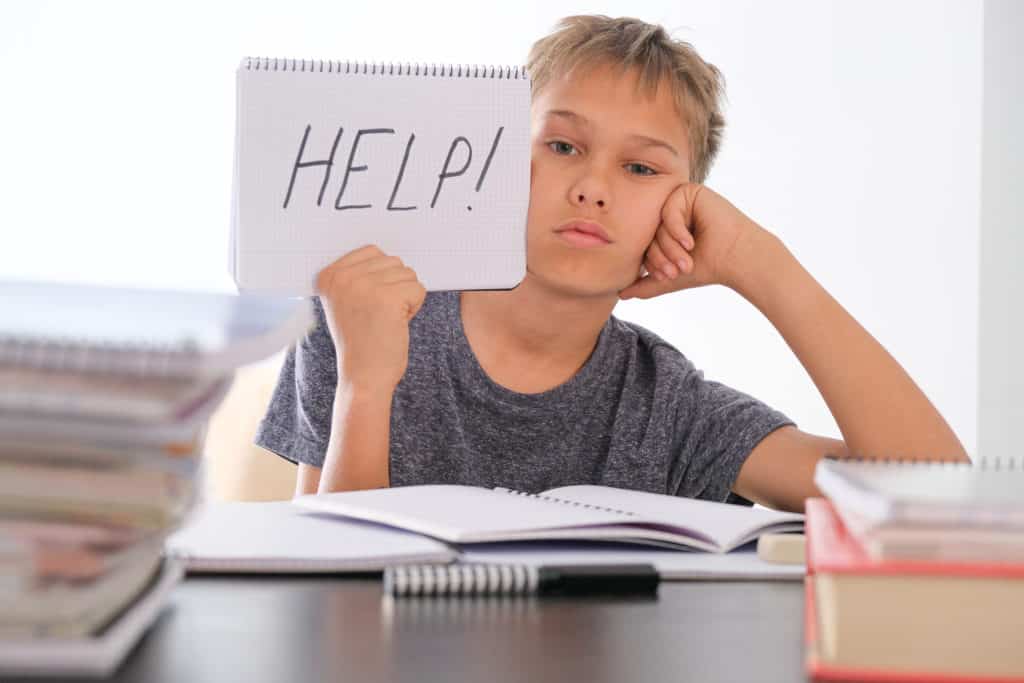
Follow this path to move students forward! This phrase has been used for decades: K-3, Learn to read; 4-12, Read to learn. It is meant to imply that decoding skills happen in elementary grades, and content-heavy comprehension happens in the older grades. However, this mistruth has grossly simplified the reading process and instruction. Young children […]

